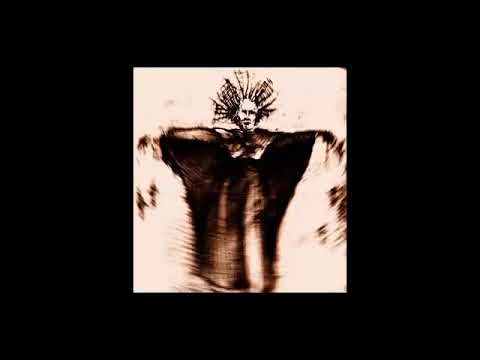


It gave moviegoers the sense that, far from passive viewers, they were amateur sleuths - even as the site capitalized on the fact that at that time, its phony stories couldn’t be fact-checked/debunked through a simple Google search, nor could fans at the time yet compare notes or share information via Facebook or Twitter. The site’s purpose was to legitimize the film’s story through “genuine” supporting media evidence, as well as to make intrepid web surfers who were scouring the internet for clues feel like they were discovering a true story that simply hadn’t yet received national attention. The studio set up a website, that provided articles and news-report videos about the “missing campers” and other Blair Witch-related incidents. And it’s a trick that worked to an astounding degree. The trick, as it were, was to make audiences think the film’s material - presented as recently discovered video footage shot by three fledgling filmmakers on the hunt for the “Blair Witch” - actually happened. Their strategy relied on oblique teases that revealed little about the film’s plot, all while providing copious tidbits about a “legend of the Blair Witch” in the Maryland woods (the film was shot in the state’s Seneca Creek State Park).

In 1999, a year after the movie’s Sundance Film Festival premiere, Artisan purchased the film for approximately $1 million and, with the aid of Myrick and Sánchez, promptly set about using the then-fledgling internet for a totally of-the-moment marketing campaign. The Blair Witch Project (Photo: Lionsgate)


 0 kommentar(er)
0 kommentar(er)
